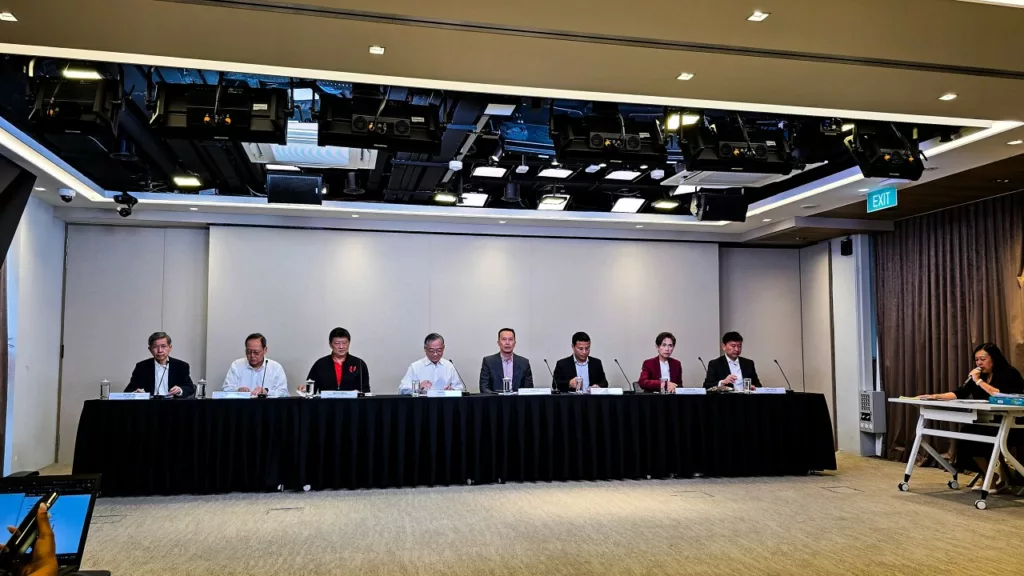Singapore has formed a new task force to help businesses and workers deal with growing economic uncertainty, especially after the United States recently imposed sweeping tariffs. The announcement was made by Prime Minister Lawrence Wong on April 8, and the task force had its first meeting on April 16.

The task force is led by Deputy Prime Minister and Trade and Industry Minister Gan Kim Yong. He is joined by four other ministers – Desmond Lee (National Development), Josephine Teo (Digital Development and Information), Tan See Leng (Manpower), and Chee Hong Tat (Transport and Second Minister for Finance).
Several key members from Singapore’s business and worker groups are also part of the team. These include Lim Ming Yan, chairman of the Singapore Business Federation, Ng Chee Meng, secretary-general of the National Trades Union Congress, and Tan Hee Teck, president of the Singapore National Employers Federation.
The task force will focus on three main areas.
The first is “sense-making and communication”, led by Minister Teo and Lim Ming Yan. This will involve regular updates and open discussions between the government, businesses, and workers to share information and explain support schemes.
The second area is “addressing immediate challenges”, led by Mr Ng, Mr Tan Hee Teck, and Mr Tan See Leng. This part of the plan will look at current difficulties faced by businesses and workers and see how the government can improve or introduce new support.
The third and final area is about “longer-term strategies and responses”, co-led by Minister Lee and Mr Chee. This includes helping Singapore enter new markets, strengthen trade partnerships, improve supply chains, attract global talent and investment, and encourage innovation and productivity in local industries.
The task force will begin engaging with the public and industry leaders soon, and promises to give regular updates on its progress.
This move comes after US President Donald Trump announced new tariffs on imports on April 2. Although Singapore does not charge tariffs on US goods, it was still hit with a 10 percent duty on its exports starting April 5. Trump later announced a 90-day pause on these tariffs, but Singapore is still concerned about the long-term effects.
Experts say the unpredictable nature of the tariffs could hurt Singapore’s economy more than the 10 percent rate itself, as the country heavily relies on exports. On April 14, Singapore’s Ministry of Trade and Industry lowered its GDP growth forecast for 2025 from 1–3 percent to 0–2 percent. In 2024, the economy grew by 4.4 percent.
To support the slowing economy, the Monetary Authority of Singapore also eased the pace of the local currency’s appreciation on the same day.
Singapore’s trade agency, Enterprise Singapore, is already talking to US officials to review the 10 percent tariffs, while the Ministry of Foreign Affairs also confirmed ongoing discussions with Washington.
DPM Gan said that cooperation between the government, employers and workers has always played a key role in Singapore’s success. He added, “As we prepare for a more unstable and fragmented era ahead, we must continue to work together and stay united, so that we can overcome the challenges that lie ahead, and find new opportunities to thrive in the new economic landscape.”


